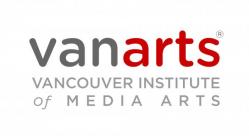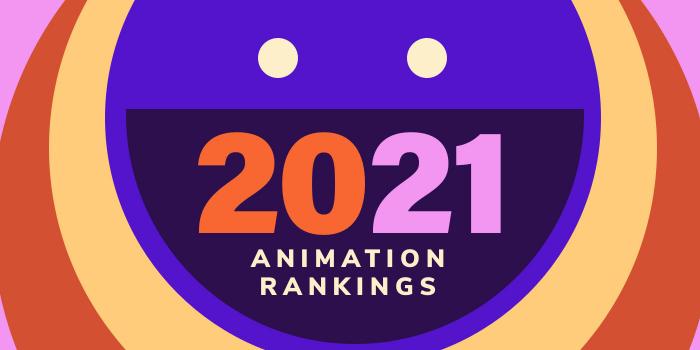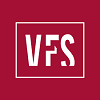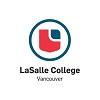Max The Mutt College Of Animation, Art & Design (Max the Mutt) was founded by artists and animators in 1996. The school highlights small class sizes, individual instruction by working professionals in the field, and workshops and programs that prepare graduates for careers in animation.
Max the Mutt offers an Animation Diploma (Classical & Computer Animation & Production), and two Diploma programs that are unique in Canada: a four-year Diploma in Illustration & Storytelling for Sequential Arts (ISSA); and a four-year Diploma in Concept Art for Animation & Video Games.
The Animation Diploma is a three-year program. Students will take both Classical and Digital Animation courses, as well as Drawing classes, Acting for Animation, Background Painting/Design, Character Design, Cartooning, and a sequence of Storyboarding, Storytelling, and Visual Language courses. In the third year, students will produce an original short, using 2D Computer Animation.
In the final year, students will move on to advanced courses in 3D Animation and, in groups, they will participate in a simulated 3D production experience directed by an industry professional.
Maxx the Mutt hosts an Industry Event that showcases graduating students and their work. The event is “well attended by representatives from animation and gaming companies,” says the school. In addition to the opportunity to showcase their best work in the final year of the program, students will put the finishing touches on their professional portfolio, demo reel, and online profile page.
Graduates have been hired at Disney Design Group, Guru Studios, Mercury Films, Pipeline Studios, Pixar, See Creatures, Sony Pictures Imageworks, Warner Bros. Games, and many others.
The ISSA Diploma Program (formerly three years) has been enhanced to include an extra year that includes a “two-semester graphic novel development course that will leave each graduate with a package that can be pitched to publishers,” says the school. The program covers Adobe Suite, Creating Mobile Comics, Digital Media, Graphic Design, Illustration, and Storyboarding for Advertising. Core courses for the three-year Diploma remain a part of the new Diploma Program.
Courses cover creating, penciling and inking comics, storytelling and scripting for comics, and children’s book illustration. Graduates are prepared for a variety of positions in Advertising, Animation, Gaming, Multimedia, Publishing, and more.
The Concept Art for Animation & Video Games Program provides an “in-depth curriculum based on suggestions and portfolio requirements” from major animation companies and game studios. The program includes a mix of Animation, Cartooning, Fine Art, and Illustration courses, as well as concept courses and instruction “in all necessary computer software from Photoshop to Maya.”
Graduates of the program have been hired at Corus/Nelvana, Guru, Portfolio Entertainment, UbiSoft Toronto, Warner Bros. Games, Yowza Animation, and many others.












